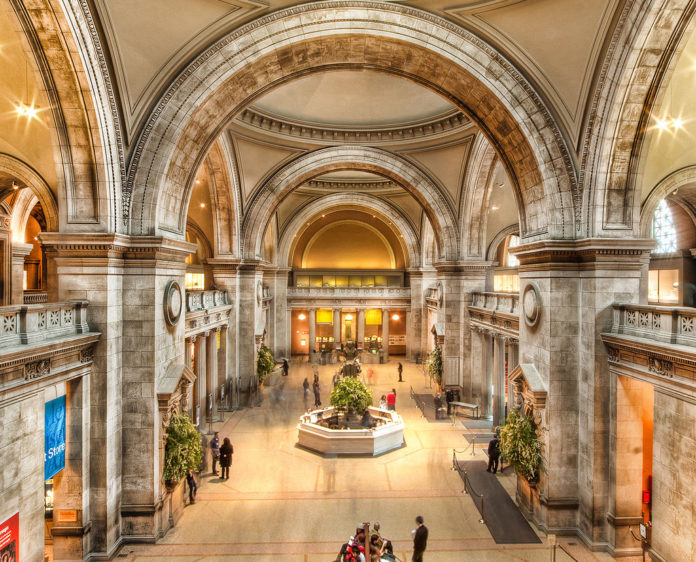Celebrating Our Museums
Strictly speaking, a museum is a place dedicated to the muses — the nine (female) divinities of the arts, history, science, and literature who were revered by the ancient Greeks. Though most of us don’t worship those goddesses anymore, the subjects they symbolized live on and are still brought to life daily in the vast array of museums found all over the world.
Like so many good things, museums emerged during the Italian Renaissance, specifically in 1471, when Pope Sixtus IV opened the Capitoline Museums in Rome to show off the ancient sculptures he owned. One of his successors, Julius II, launched what we know as the Vatican Museums in 1506, but it must be noted that only invited guests — usually of the higher and artistic classes — could enter such venues until the Enlightenment of the late 18th century. That’s when new institutions such as London’s British Museum (opened 1759), Florence’s Uffizi Gallery (1769), and Paris’s Louvre (1793) began permitting less privileged people to come have a look.
Chartered by the U.S. Congress in 1846, the Smithsonian Institution inherited that democratic notion thanks largely to its benefactor, James Smithson (1765–1829), a British scientist who never actually visited America. Having grown up in Washington, D.C., I was fortunate to visit the Smithsonian and the capital’s other great museums from a very young age. They have always felt like places to relax and learn in safe, comfortable settings; the exhibits are high in quality and there is no pressure to buy anything, except perhaps a snack or souvenir.
What no one could have predicted during my boyhood, however, was how popular museums would become; the American Alliance of Museums reports that 860 million visits now occur annually. That statistic is astonishing, yet it does not capture how central museums have become in our civic life; they are no longer just places to learn, but also places to gather, celebrate, mourn, and have fun.
That accessibility is key: the more often we bring our kids to museums to — say — attend a festival, the more likely they are to return as adults to enjoy the collections and exhibitions inside. And speaking of collections, museums deserve enormous credit for working hard to catalogue and post their collections online; they hold these treasures on behalf of the public, and now we have an ever-clearer idea of what they are.
This special resource from Fine Art Connoisseur — our third annual homage to museums — highlights the tremendous quality and public-spiritedness of art museums across North America.
Click here to view the 2019 Museum Guide.
We thank our museum colleagues for all they do on the public’s behalf, and we wish them much continued success. Finally, if you know of a museum that should be included in the future, please let us know. We are always grateful for your feedback.
Sign up to receive Fine Art Today, the free weekly e-newsletter from
Fine Art Connoisseur magazine.








